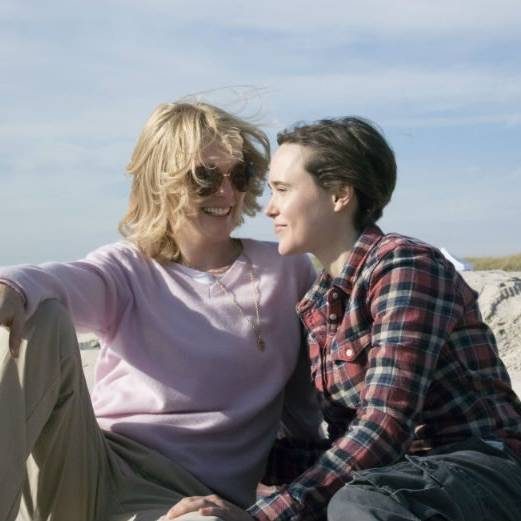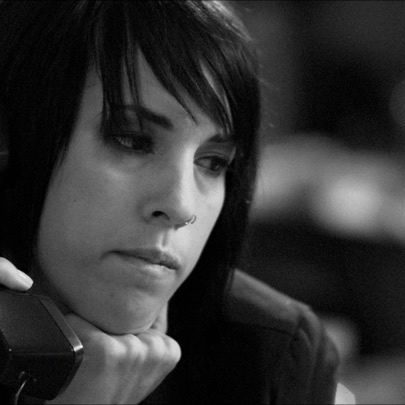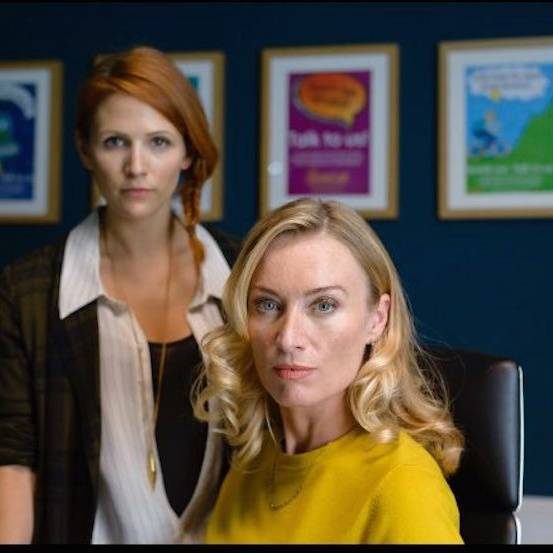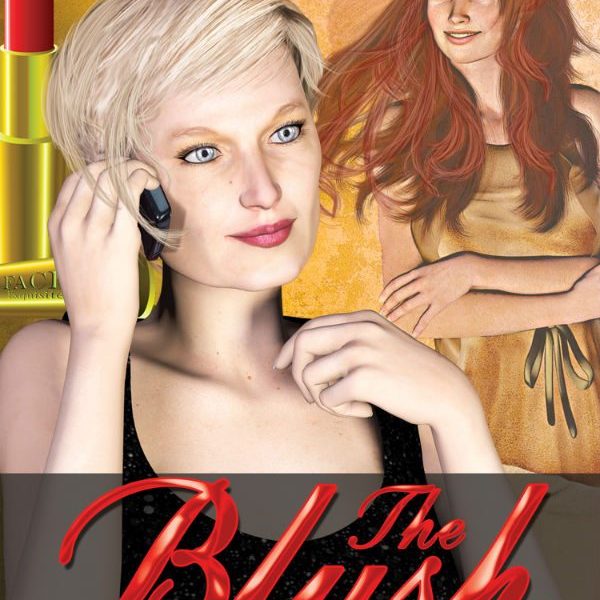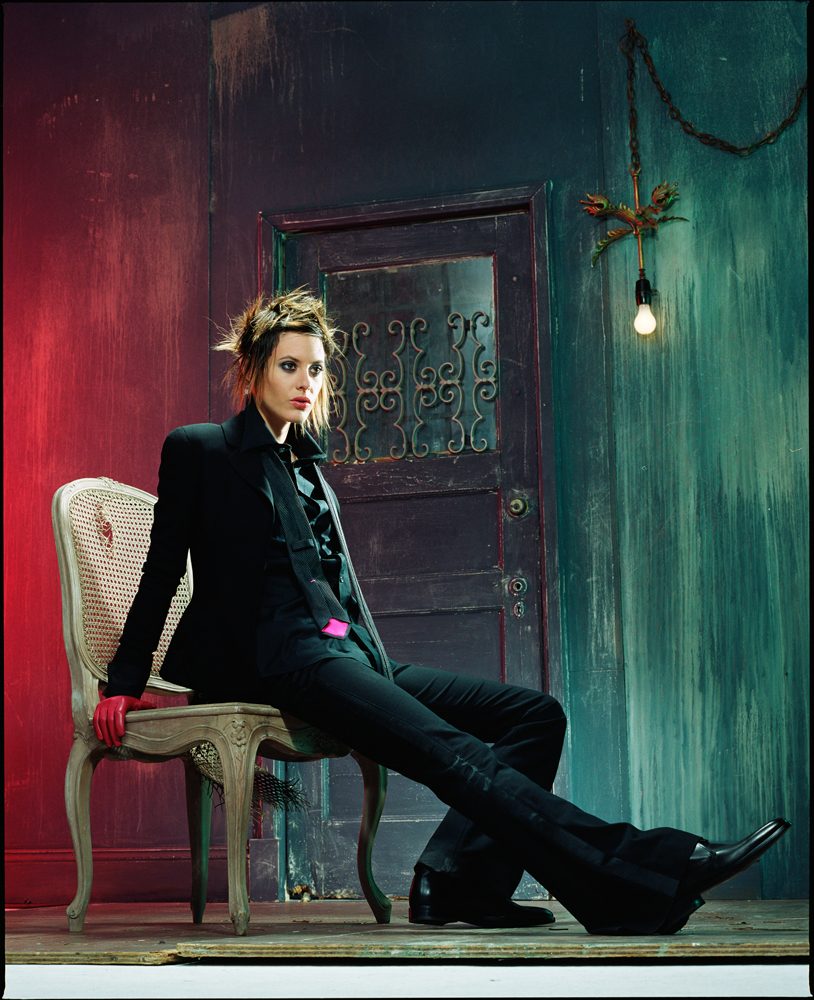 How Kate Moennig’s character on The L Word shaped a generation.
How Kate Moennig’s character on The L Word shaped a generation.
Remember when there was no such thing as Netflix?
No easily accessible streaming service with an LGBTQ section to browse? Watching Showtime’s The L Word, specifically Kate Moennig’s character, was like breaking out of my gay teenage isolation and feeling the sun for the first time.
Now in my mid-20s, as an active and loud member of the queer community, I wonder what Kate Moennig meant to other people. For answers, I turned to social media and found many amusing anecdotes about watching The L Word while the family was at church, and statements along the lines of “I’m not saying she’s the reason I’m gay but…”. Here are some of the recurring themes I found:
The Complexity of Desiring Shane
Desire is no simple thing. For blossoming queer folk, it can be a particularly challenging realm to navigate. When you’re a young queer, you’re still trying to figure out who you are and what you want. From the homogenous ocean of heteronormative media emerges Shane, eliciting responses we didn’t have the vocabulary to describe. Was it the androgyny? Or was it the huge amount of social capital she had? ‘Being’ her came with power, acceptance, desirability.
She was the embodiment of the often romanticized, emotionally unavailable cool lesbian. ‘Being with’ her came with a sense of triumphing over that unavailability, and a coolness-by-association. In the time before smartphones became permanent attachments, before social media was so thoroughly ingrained in our lives, we had fewer role models to look up to.
Kate Moennig embodied what was, at the time, the epitome of desirable (read: white and thin) androgyny. Shane was a widely consumed, and therefore easily recognizable blueprint for us. Whether we wanted her or wanted to be her, emulating her made us visible.
A Guide For Self Expression
A friend of mind regretfully informed me she had nothing profound to say about Shane except that she, like most lesbians circa 2005, got ‘The Shane’ haircut. Despite it “looking awful,” the haircut made her feel powerful and visible. The profundity of this simple sentiment resonates deeply. The need for a visible demarcation of queerness is a manifestation of the universal human need to belong.
To feel like there are others like you. It’s understandable that the Shane-aesthetic was so enthusiastically taken up, even when that particular brand of soft-masc was at odds with how people really wanted to present. Being seen as queer was more than just being seen as queer. It dictated the possibility of being understood by your peers and attaining romantic and platonic intimacy.
A Lesbian Dichotomy
Kate/Shane wasn’t the first dyke on television, but she was the first for many, and the first to be presented as so desirable. She gave people the confidence to cut their hair short and walk fearlessly down the street in their favorite plaid. Most of the characters in The L Word were easily categorized as either butch or femme. As a queer who hovers between femme and masc, I look forward to the deconstruction of that dichotomous attitude.
I love Kate Moennig. I love what she did for my generation’s sexuality and identity. I also support the proliferation of the letters in our collective acronym, and eagerly anticipate the increased representation of all sorts of combinations of those identities in media, and hopefully, in The upcoming L Word reboot.

